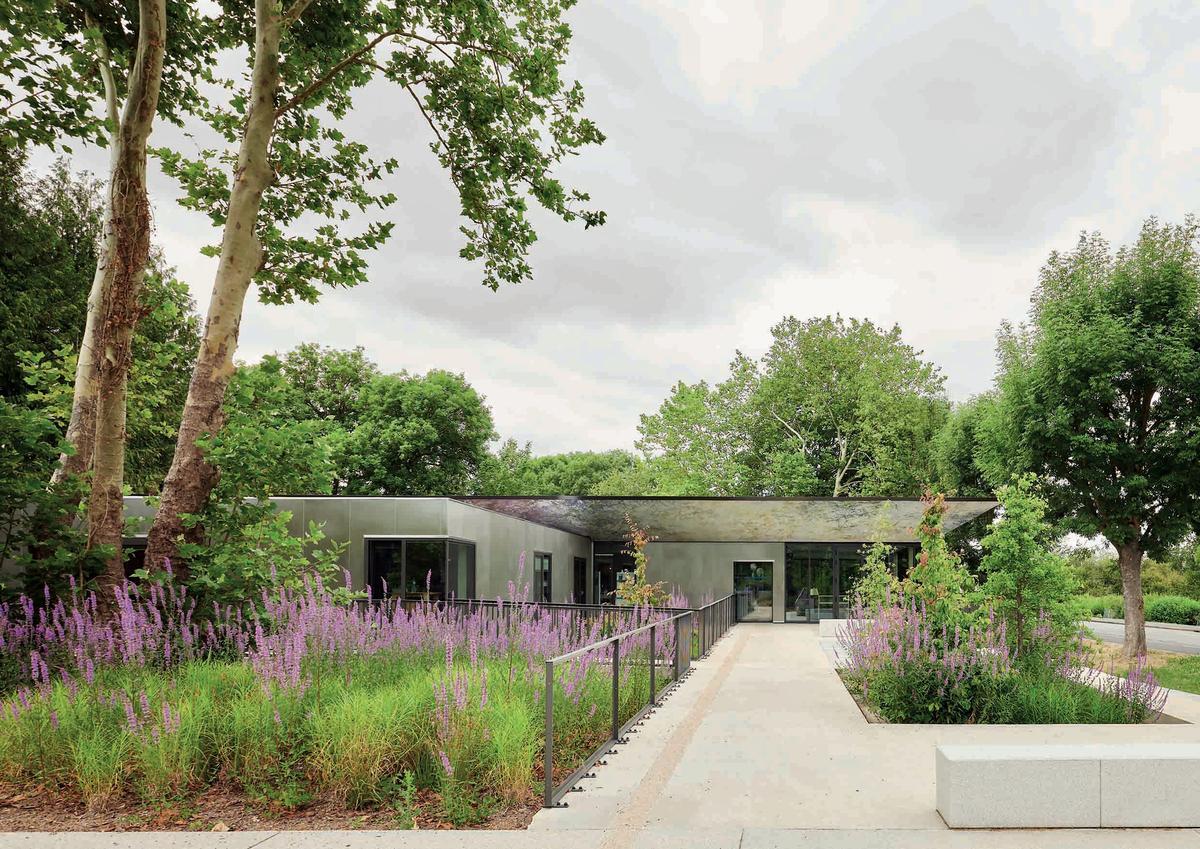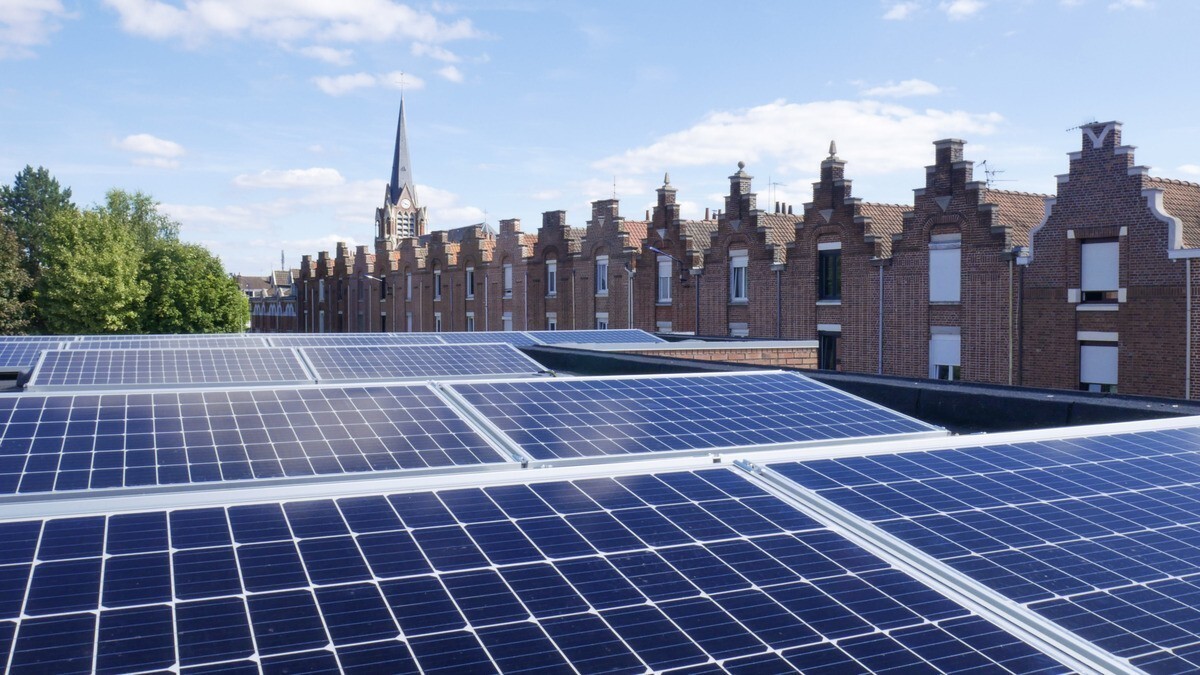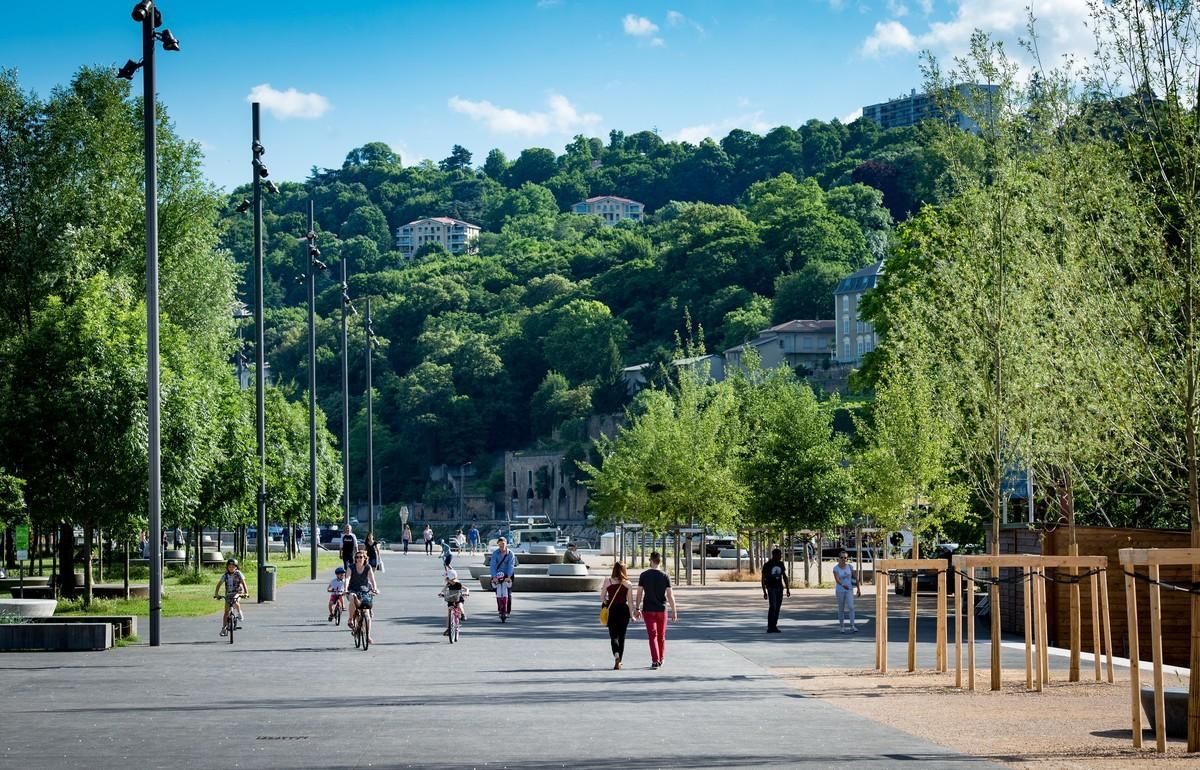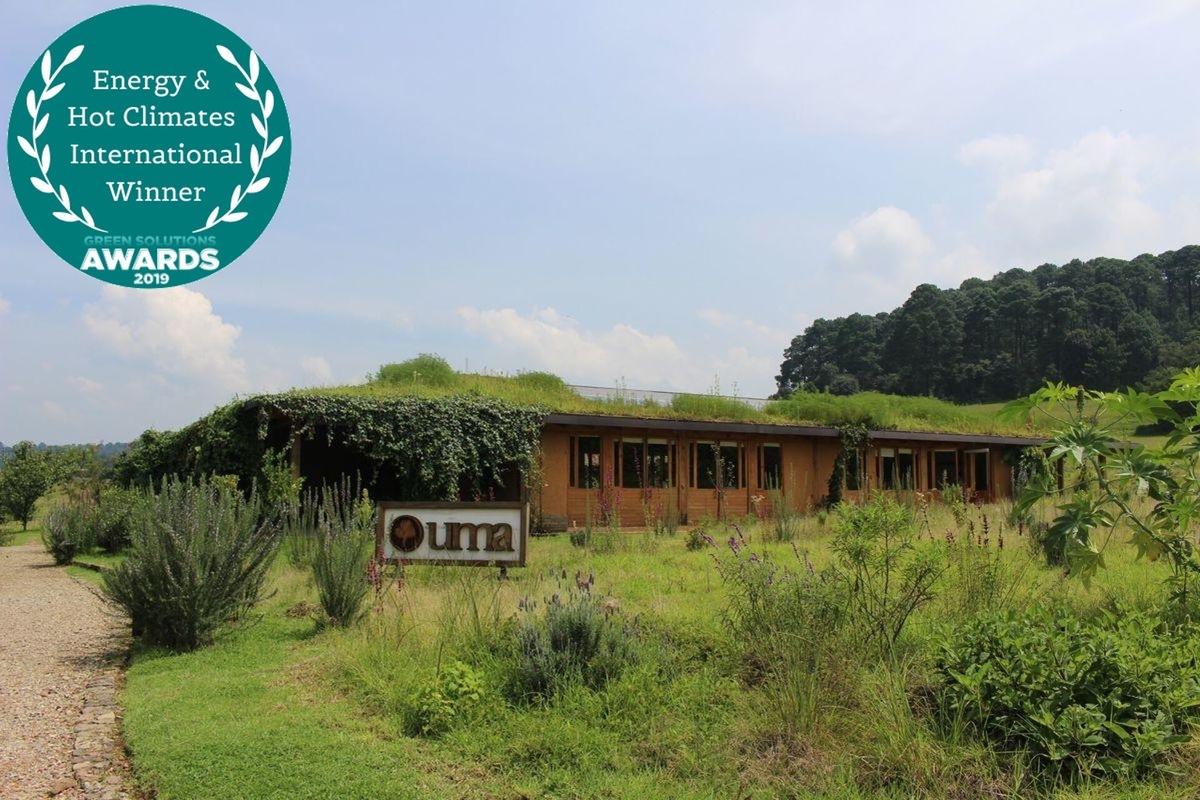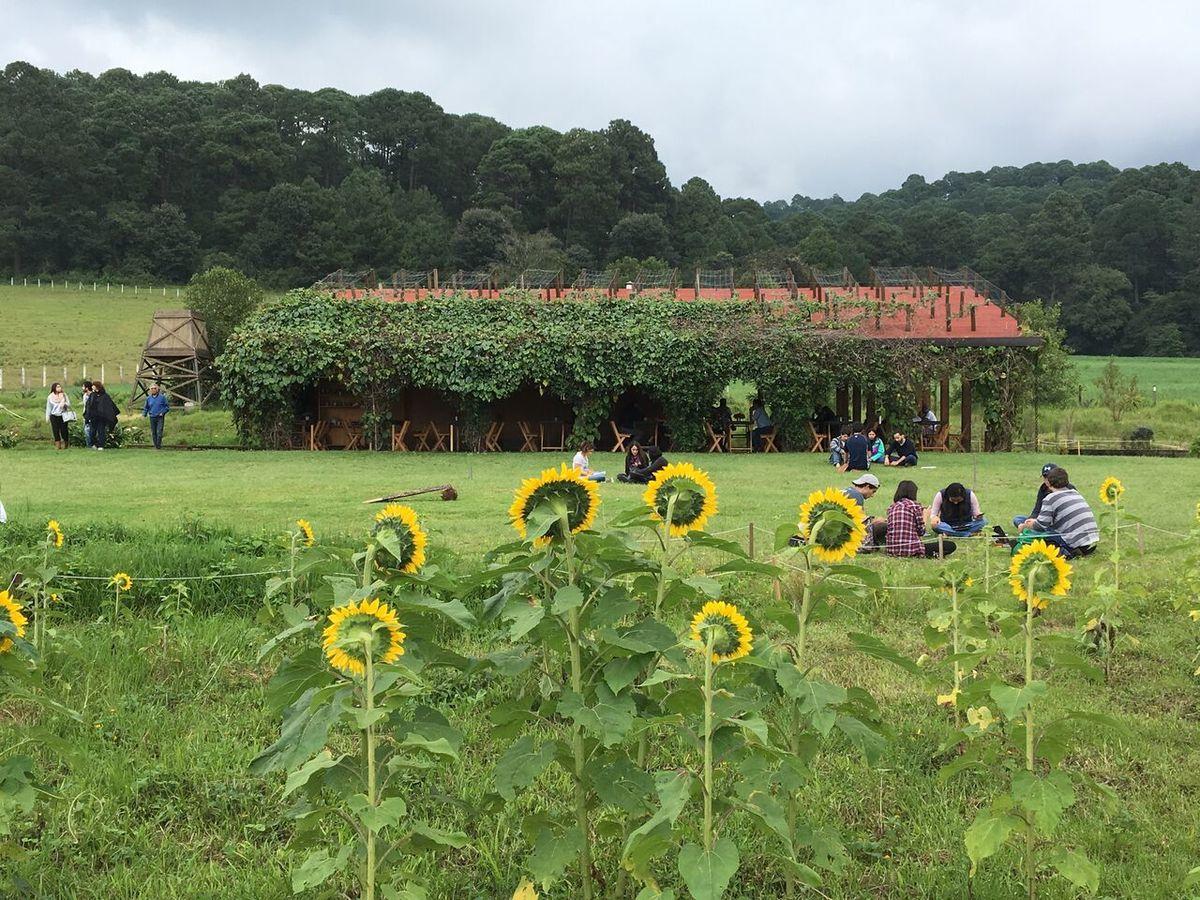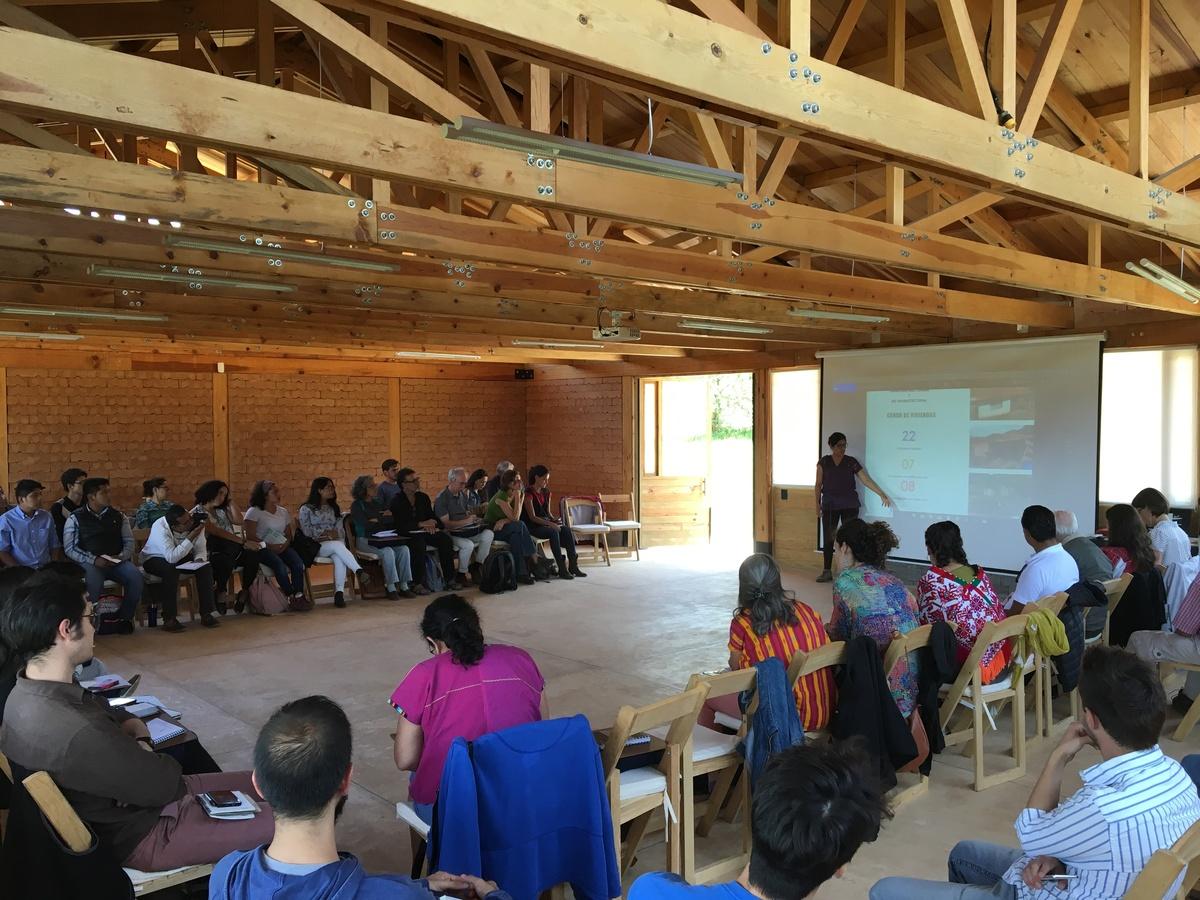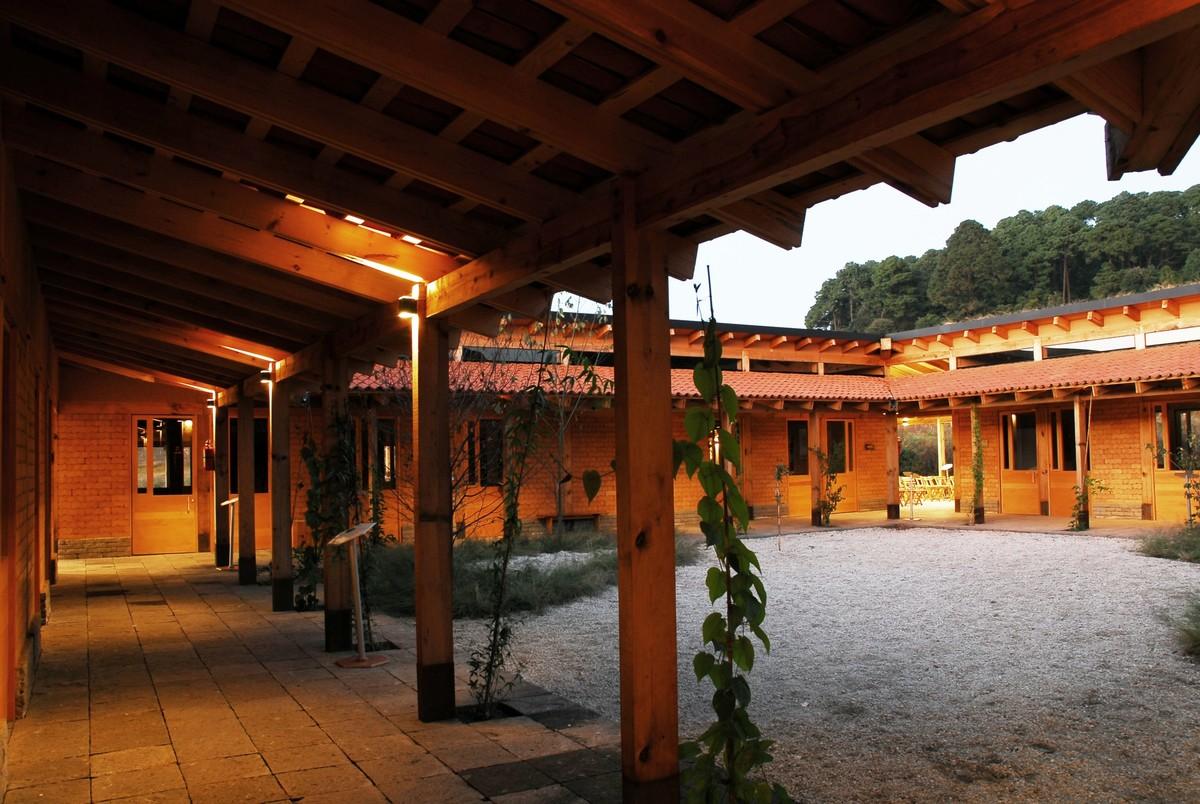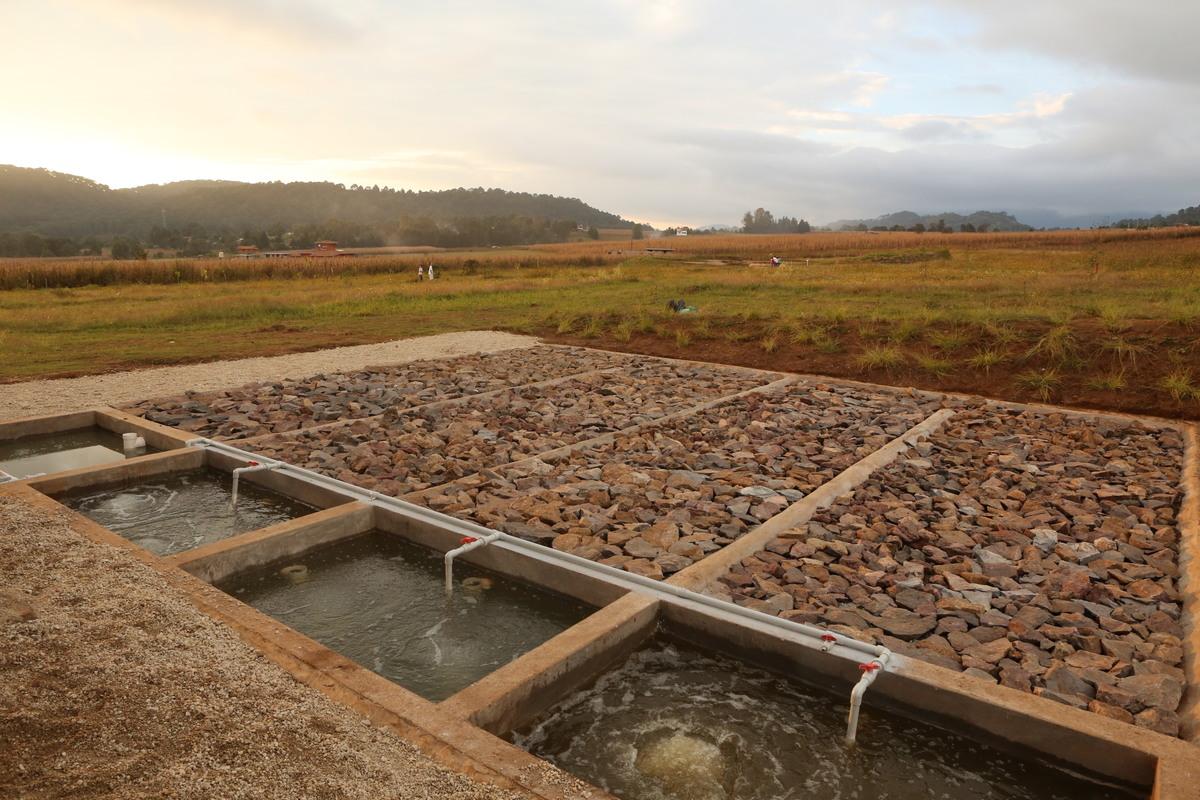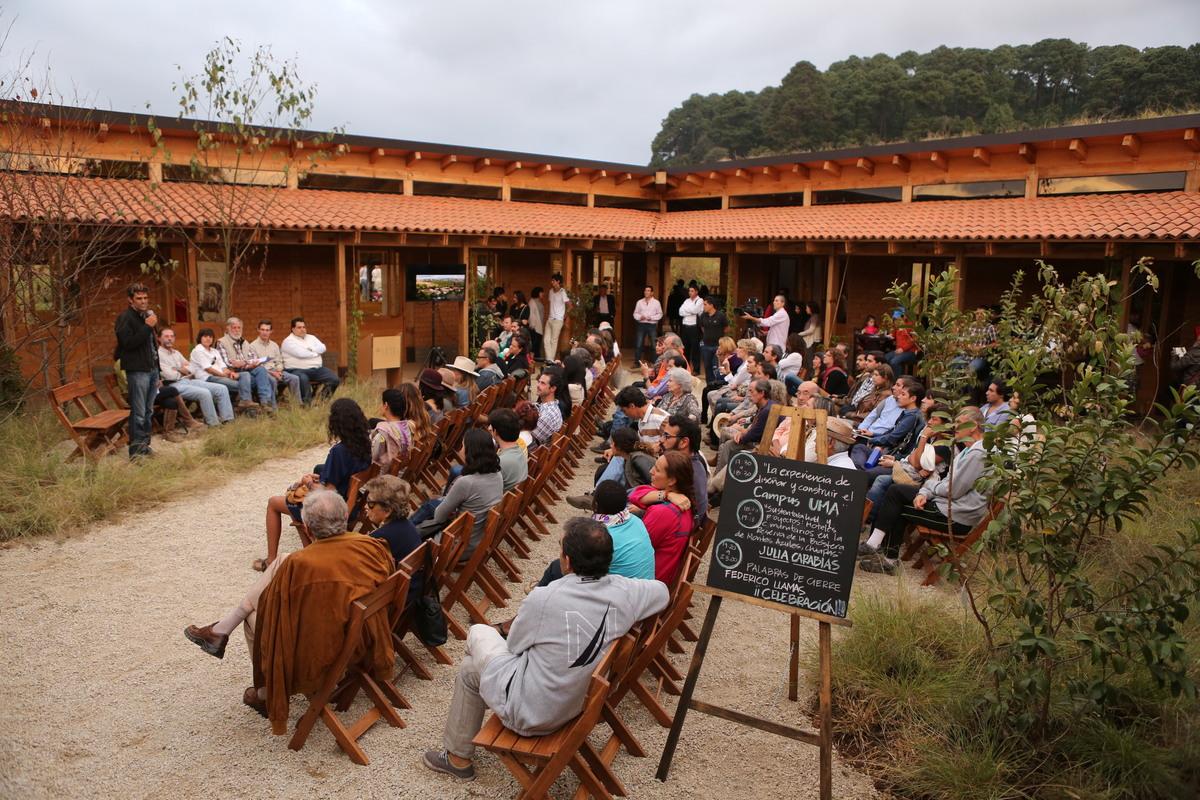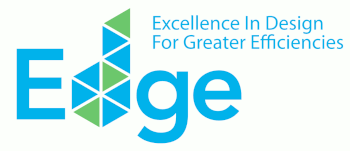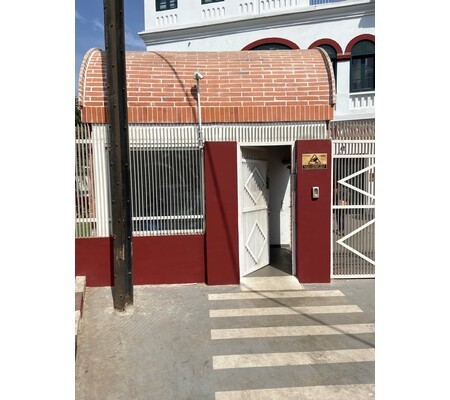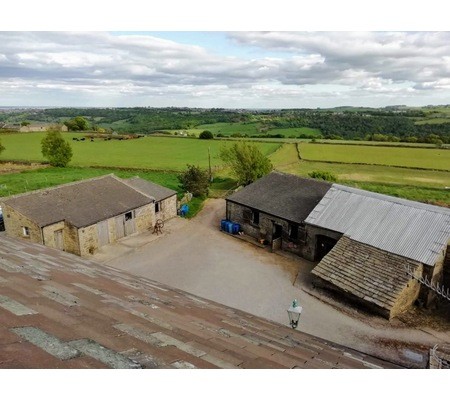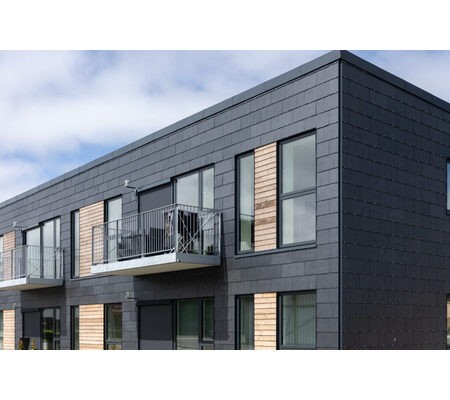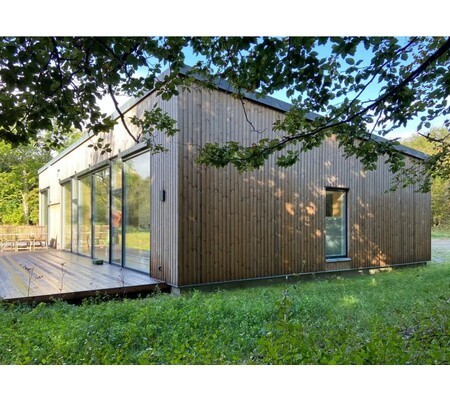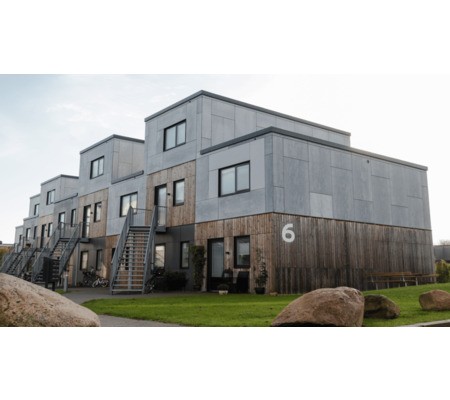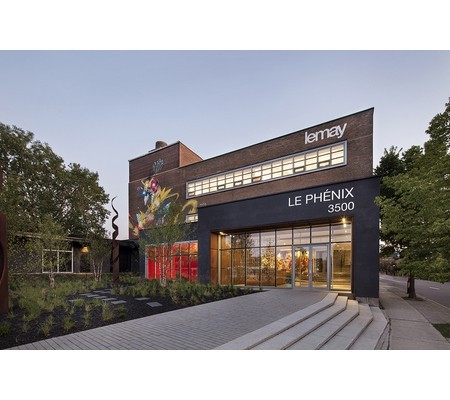Universidad del Medio Ambiente
Last modified by the author on 07/05/2020 - 15:45
Renovation
- Building Type : School, college, university
- Construction Year : 2008
- Delivery year : 2019
- Address 1 - street : Valle del bravo 51200 VALLE DE BRAVO, Mexico
- Climate zone : [Cwb] Mild, dry winter, cool and wet summer.
- Net Floor Area : 532 m2
- Construction/refurbishment cost : 800 000 €
- Cost/m2 : 1503.76 €/m2
-
Primary energy need
kWhpe/m2.year
(Calculation method : )
Universidad del Medio Ambiente won the Energy & Hot Climates Award of the 2019 Green Solutions Awards et the Mexico level + the international Energy & Hot Climates Award.
Ten years ago, a group of young Mexican professionals founded a university to address the environmental challenges that they saw in Latin America. Today, the Universidad del Medio Ambiente (UMA) offers master’s degrees, workshops, diploma courses and consulting services focused on sustainability and socio-environmental regeneration. Located in the wooded and mountainous countryside two hours outside of México City, the campus itself is also completely regenerative. UMA produces zero wastewater, grows its own food and is surrounded by a growing, edible forest. The university has also implemented green features that conserve natural resources.
With natural ventilation in classrooms, solar hot water collectors meeting 100% of hot water demand, solar panels and more, UMA expects to reduce its energy usage by more than one half. The building is projected to limit nearly 90% of water use with such solutions as a rainwater harvesting system on the roof that collects water and a black water treatment and recycling system. Innovative building materials were also used to reduce embodied energy by nearly 70%. These materials include compressed stabilized earth blocks for walls, timber window frames and more.
UMA offers a place for specialists, educators and practitioners to contribute to a more sustainable future. The university believes that each student entering their university will become an agent of change, both through personal transformation and their future career in sustainability. UMA received design guidance from a team of seven student practitioners during a university course that was facilitated by an instructor who holds an EDGE Expert credential. UMA has achieved final EDGE certification from GBCI.
See more details about this project
https://www.edgebuildings.com/projects/universidad-del-medio-ambiente/Photo credit
Photos Courtesy of UMA
Contractor
Stakeholders
Designer
Oscar Hagerman
Architect
Investor
Federico Llamas
Institute director
Building users opinion
We shall create a habitat in which humans can live harmoniously with nature. The design consists of an edible forest, learning spaces and regeneration of environmental services. The process will generate places that invite visitors to discover and learn. Some of these places encourage observation and reflection, others inspire smells, colors and flavors, while some will inspire playfulness and interaction with other species, others will be designed as experiential/measurement tools that may amplify the experiences. Our proposal includes finding productive species in the community of Acatitlán to create a successive network that tells the story of the regeneration of the site over time, amplifying rhythms, dynamics and healthy relationships that occur in nature and people that are living in the community
Energy consumption
- 29,00 kWhpe/m2.year
Envelope performance
Real final energy consumption
12,55 kWhfe/m2.year
Systems
- No heating system
- Solar Thermal
- No cooling system
- Natural ventilation
- Solar photovoltaic
- 54,29 %
Product
Reduced Window to Wall Ratio - WWR of 17.81 %
Reflective Paint/Tiles for Walls - Solar Reflectivity (albedo) of 0.53
External Shading Devices - Annual Average Shading Factor (AASF) of 0.43
Natural Ventilation for Classrooms
Energy-Saving Light Bulbs - Internal / external Spaces
Solar Hot Water Collectors - 100% of Hot Water Demand
Solar Photovoltaics - 54.29% of Total Energy Demand
Finishing work / Plumbing - Sanitary equipment
Low-Flow Faucets in All Other Bathrooms - 2.89 L/min
Single Flush/Flush Valve Water Closets in Bathrooms - 4.8 lt/ flush
Water-Efficient Urinals in All Other Bathrooms - 0.01 L/flush
Water-Efficient Faucets for Kitchen Sinks - 7.2 L/min
Rainwater Harvesting System - 21.31% of Roof Area Used for Collection
Water-Efficient Landscaping - 0.52 L/m²/day
Black Water Treatment and Recycling System
Finishing work / Partitions, insulation
Insulation of Roof: U-value of 3.11
Insulation of External Walls: U-value of 1.99
-Roof construction : Asphalt Shingles on Timber Rafters
Clay Roofing Tiles on Timber Rafters
-External walls: Compressed Stabilized Earth Blocks
Timber Weatherboard on Timber Studs
-Internal walls : Compressed Stabilized Earth Blocks
-Flooring: Finished Concrete Floor
Stone Tiles/Slabs
-Window Frames: Timber
Construction and exploitation costs
- 800 000 €
Energy bill
- 467,00 €
Water management
- 6 540,00 m3
- 214,00 m3
Comfort
GHG emissions
- 5,74 KgCO2/m2/year
Reasons for participating in the competition(s)
Building candidate in the category

Energy & Hot Climates

Low Carbon

Health & Comfort


